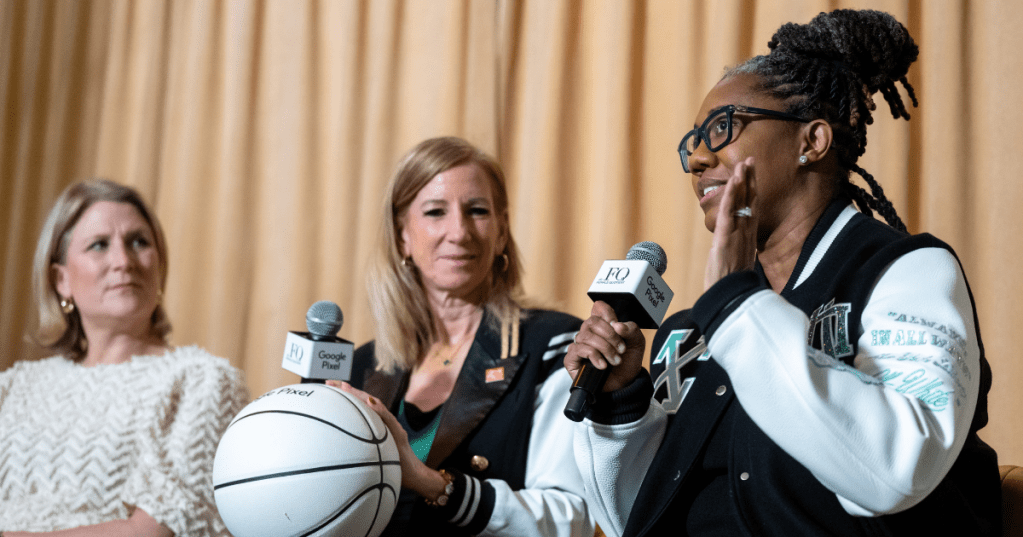It’s, as one of our super fans talks about, it’s the lunch pail mentality: I’m gonna get up and go to work every single day, and I’m going to grind it out. When people talk about us having a superstar team, we have those stars, but they showed up and did whatever they needed to do each and every night.
That led into this same storyline that we are telling when we enter a community, that we were telling when we are in Bed-Stuy, when we’re in Clinton Hill, when we’re in and around Barclays Center.
That’s what brings me the most joy—riding around Brooklyn. I drive in from New Jersey, so on a weekend, I get to see the fans in their Liberty T-shirts with kids on their shoulders or a couple holding hands, two little ladies who traveled from Harlem—sisters who have been members since 1997. To see them commuting to Brooklyn every day, that’s what it’s about.

Brooklyn is multifaceted enough that those who love it can offer vastly different praise of their borough or neighborhood. How does the Liberty’s marketing message approach those different audiences?
The truth is, we’re actually not trying to hit everybody, per se. We made a decision from a social and community standpoint that we were going to focus on four key pillars.
We should be instructing youth on basketball and increasing the number of people who play basketball. But when it comes to girls and women, we amplify and highlight what it means in terms of equality or gender-based equality for people to really look to the Liberty as inspiration. So we do programming that is specifically for girls in the community, that specifically highlights women-owned businesses, that specifically highlights women in the political atmosphere, women in poor areas of business.
Racial equality has always been a part of our social activism. You can’t hide that the majority of players in our league are Black women, so we have initiatives that are specifically driven toward African-American life.
Lastly, we would be remiss if we actually didn’t pay homage to the LGBTQ+ community, which is the core of who supported the WNBA in many of the early years, and they’re still here.


